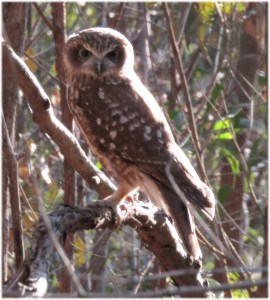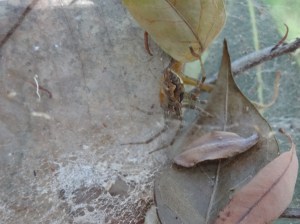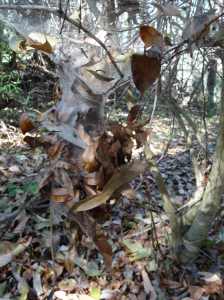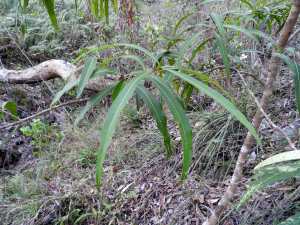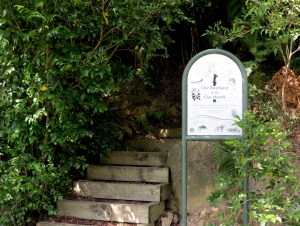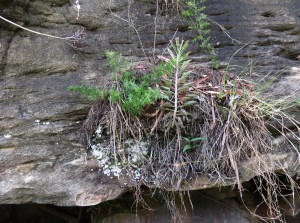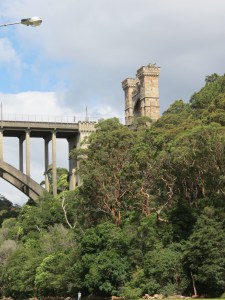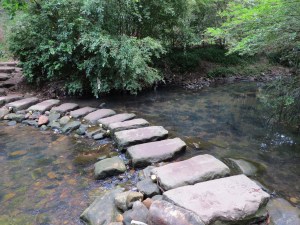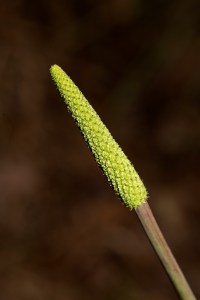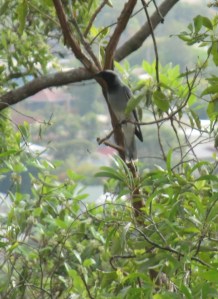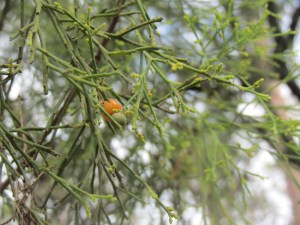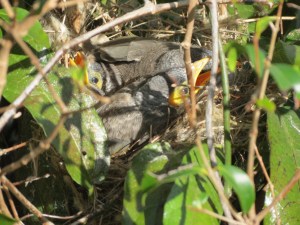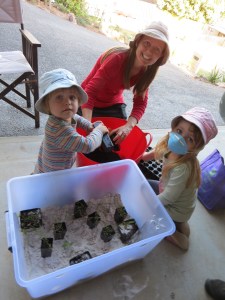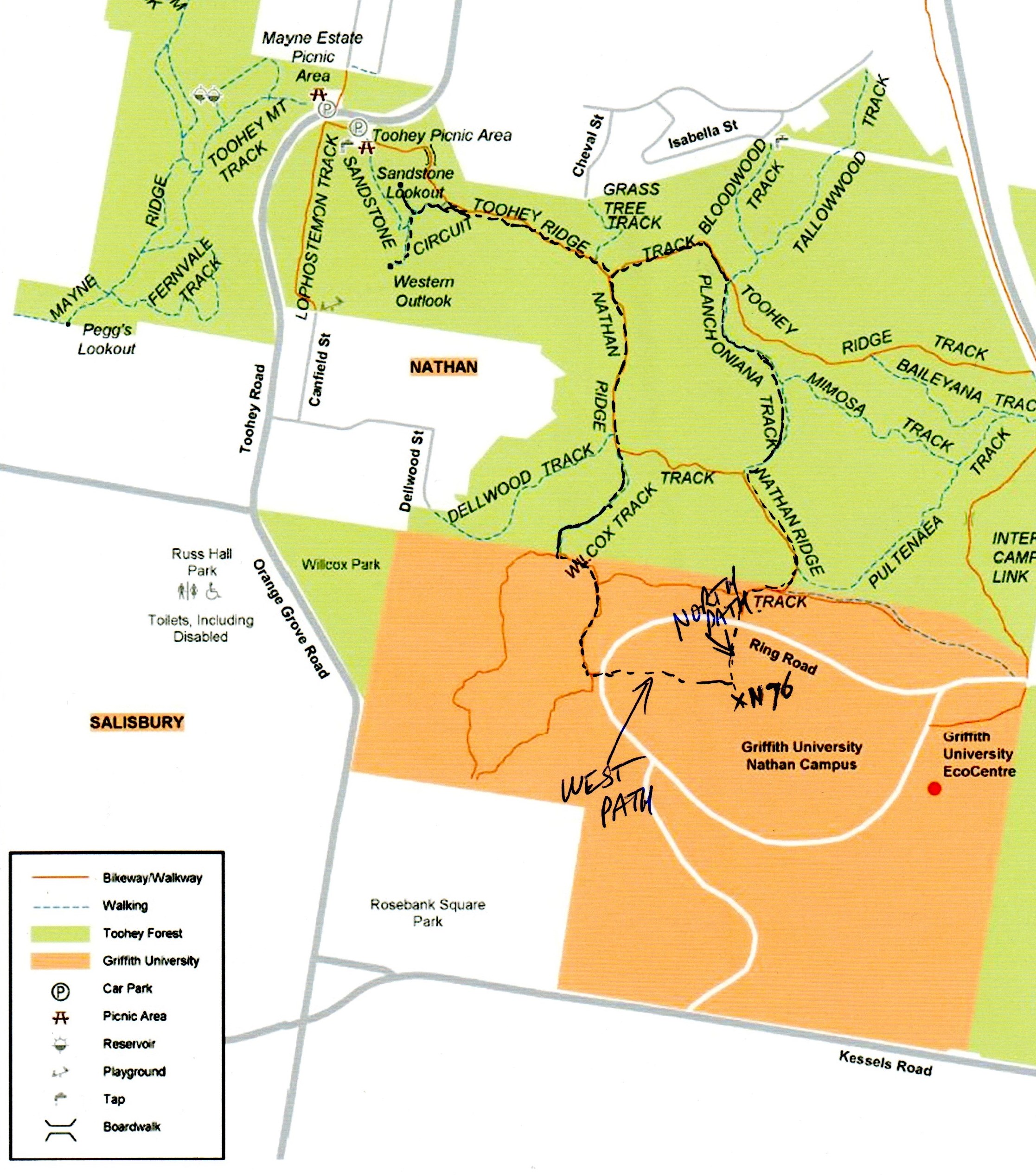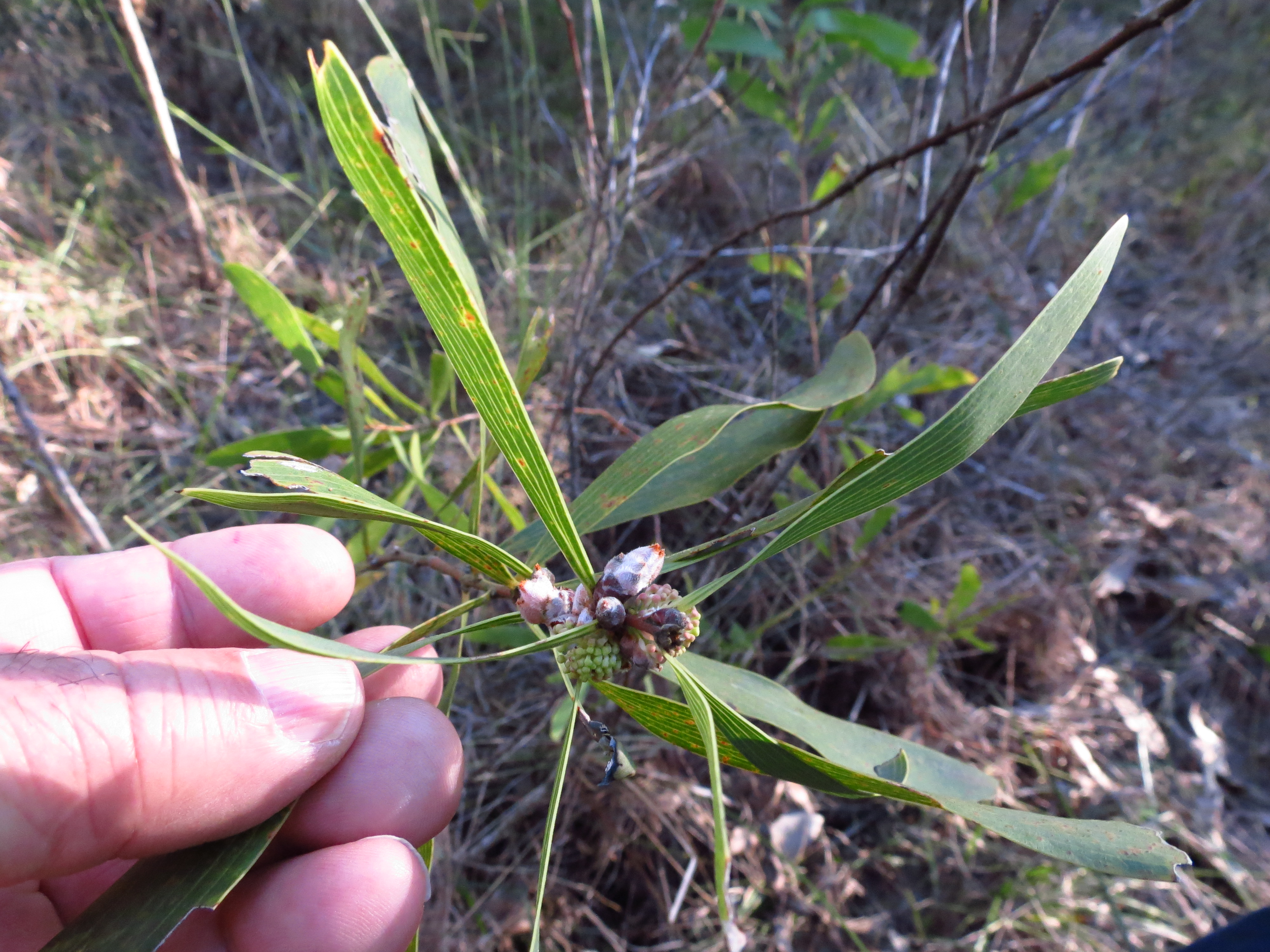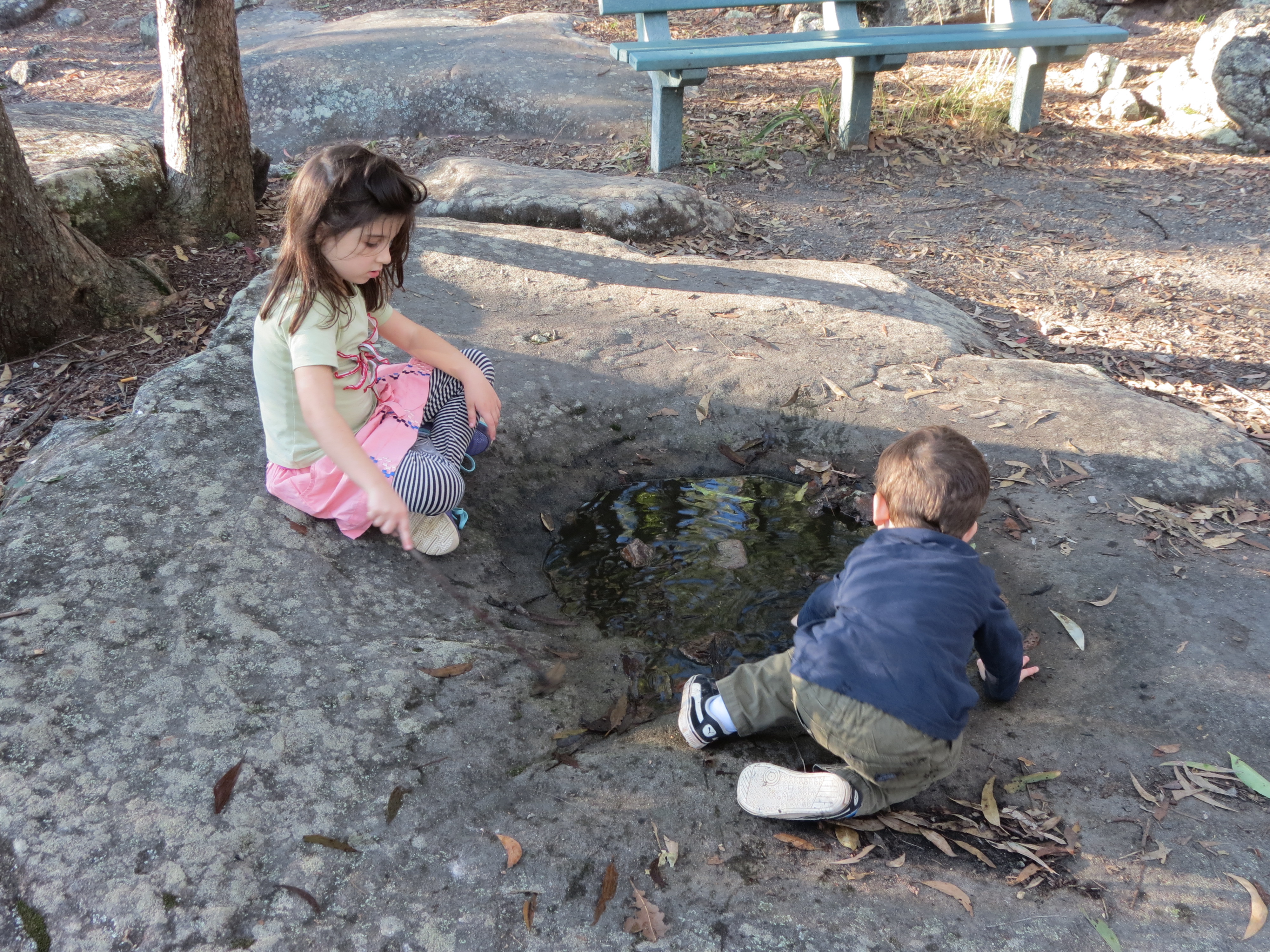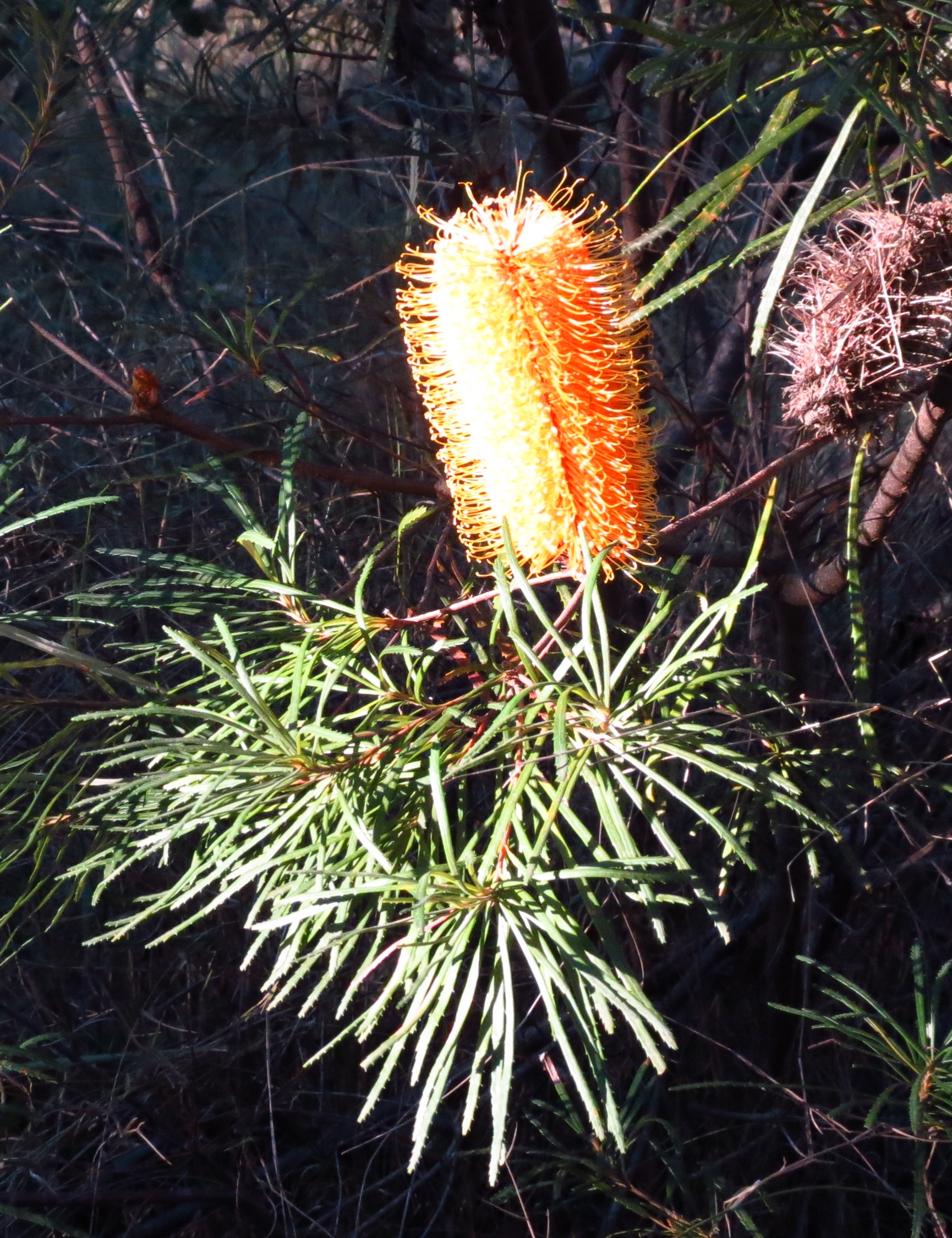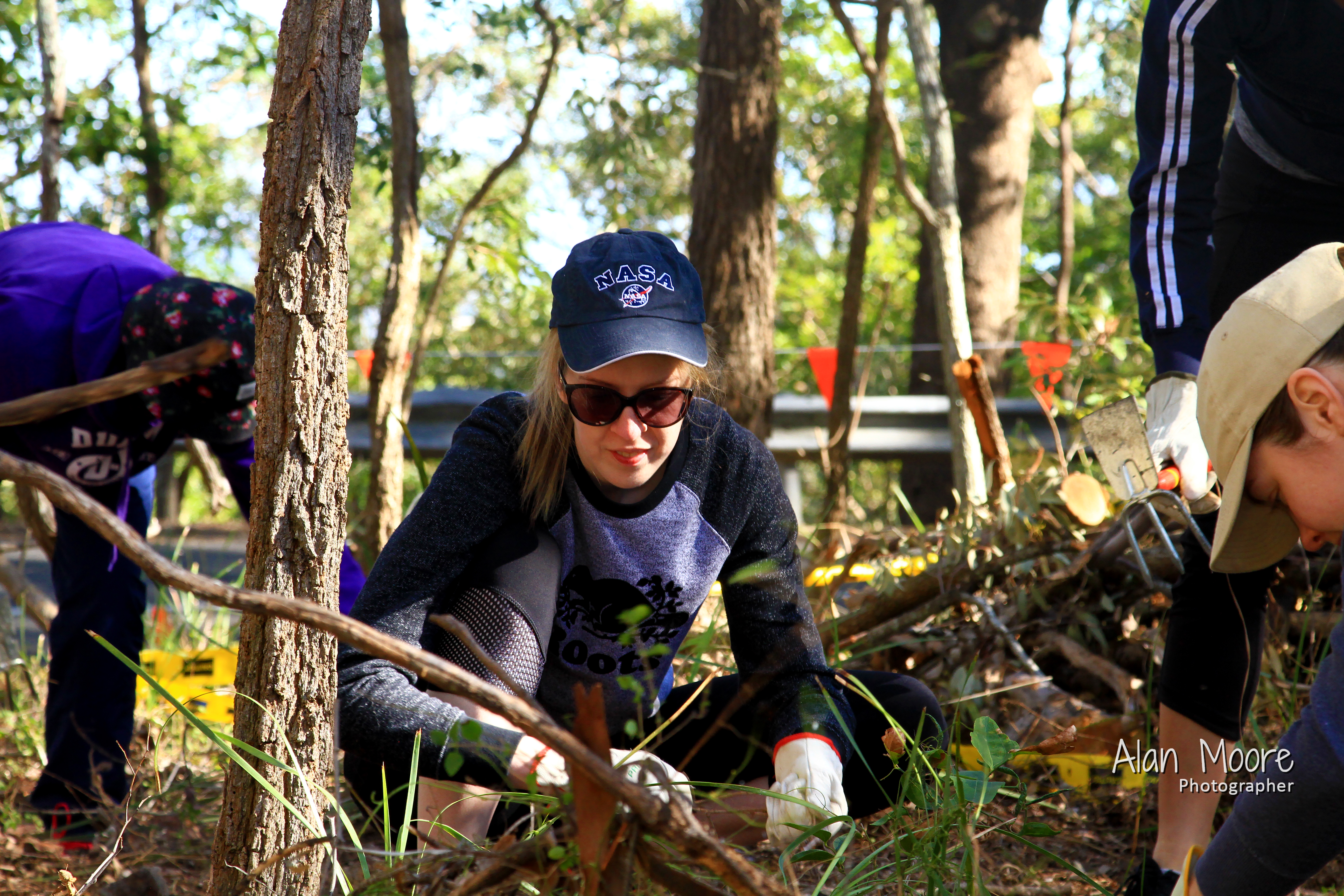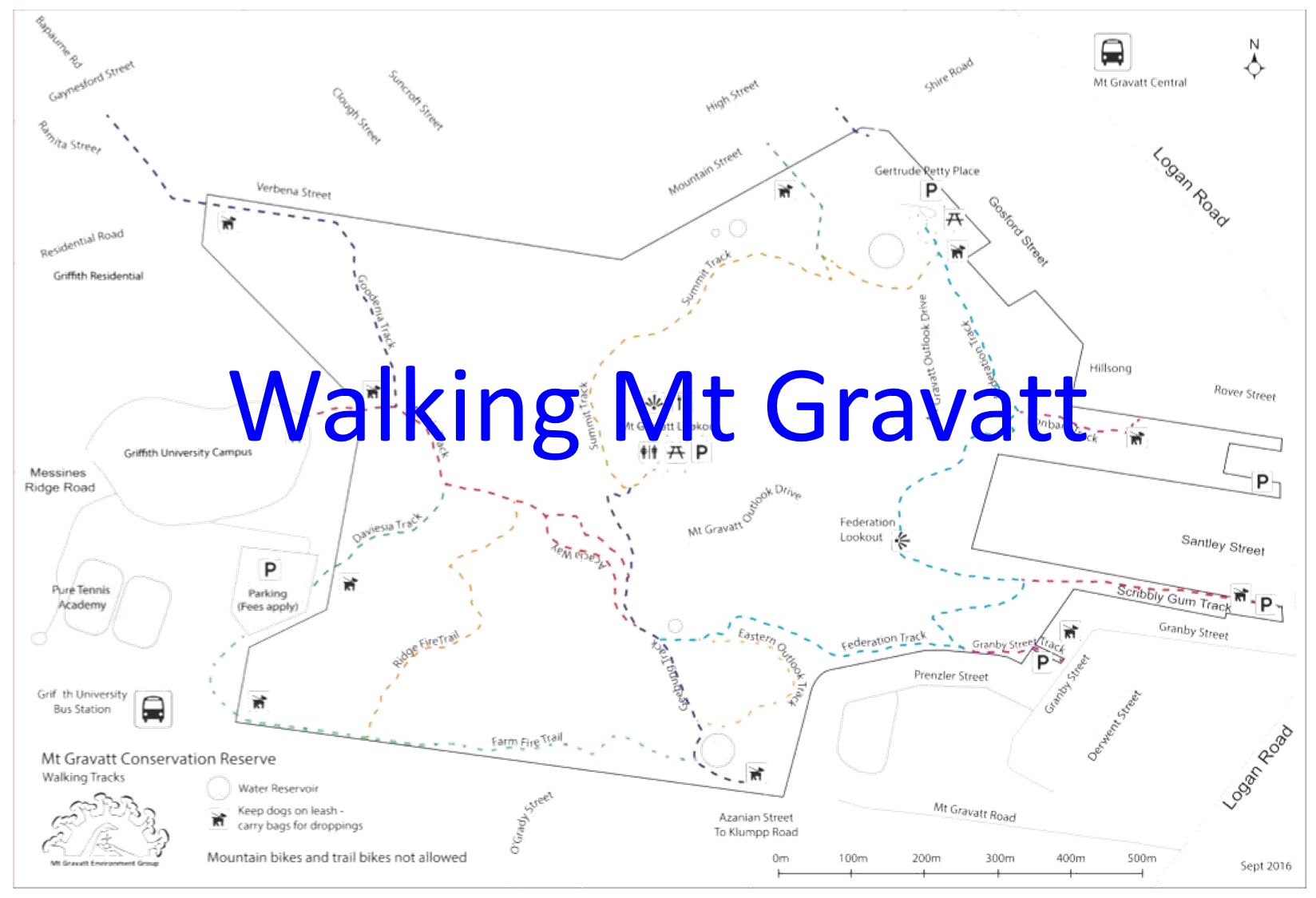By: Michael Fox
2020 has been a difficult year with most of our Bushcare events cancelled. So I decided to check in with our partner “nature” to see what has been happening while we have been distracted by a COVID pandemic.

2016 National Tree Day planting expanded the previous year’s planting of small forest bird habitat. A combination of Habitat Tripods and insect attracting plants to feed Fairy Wrens.

Our 2017 National Tree Day site was a closed car park blocked off and overgrown with weeds. Cleared of weeds, mulched and replanted the site is starting to regenerate healthy habitat for Koalas and small forest birds. .

The 2018 National Tree Day site needed special preparation because the large amount of asbestos (fibro) dumped there. The BCC Habitat Brisbane team organised professional asbestos removal contractors to clear the site. We then covered the site in a thick layer of cardboard fridge boxes from Harvey Norman. The cardboard was then covered in mulch and planted so any residual asbestos will be locked in by plant roots.

2019 National Tree Day was restoration of a very degraded area where BCC contractors had cleared a large area of Lantana Lantana camara. Plants were chosen to maintain the view while restoring native habitat. The special site has an amazing view out to the Bay Islands hence the track name: Eastern Outlook Track. A great spot to sit and enjoy the winter morning sun.

The Australian Chinese Youth Association are a diverse group of Griffith University students from China, Japan and Australia, all passionate about working with China. The students were studying a wide range of subjects including medical, business and environment. I have never worked with a group so good at finding wildlife: everything from spiders to bugs fascinated them. The group happily worked on a challenging steep site removing invasive Fishbone Fern Nephrolepis cordifolia and doing such a good job the fern has not returned while natural regeneration has already bought back native grasses including Creeping Beard Grass Oplismenus aemulus – butterfly caterpillar food and Poison Peach Trema tomentosa – feeds fruiting eating birds.

I missed working with our Clairvaux Mackillop College students over the past twelve months. The Clairvaux Bushcarers worked hard clearing weeds to allow natural regeneration to restore the habitat. The students with all their energy are a real pleasure to work alongside. It is always a pleasure to introduce our local wildlife to this fascinated audience. Everything interests them: Grey Butcherbird Cracticus torquatus, St Andrew’s Cross Spider Argiope Keyserlingi or learning that Ladybeetles have a larval stage Variable Ladybird Beetle Coelophora inaequalis: adult beetle and larvae (right). I am already working with the College to set event dates for 2021.
National Tree Day 2020 had to be cancelled however the BCC Natural Areas team stepped up and organised contractors to plant a large area at the Summit.
2021 is already looking good with Clean Up Australia on Sunday March 7th.
Find a full range of volunteer opportunities.

